Are AGM Batteries Good for Trolling Motors?

- Sponsor
- OPTIMA Batteries
- Location
- Oologah, OK


When anglers add a trolling motor to their boat, they've made a commitment to moving their boat around on the water (at least part of the time) with battery power. Once a trolling motor is selected, fishermen are often confronted with several choices for batteries to power their trolling motors. The most-common and often the cheapest battery on the market is a flooded lead-acid battery. Some of these batteries are designed for deep-cycle use, which would definitely be how you'd define a trolling motor application, but oftentimes, anglers end up purchasing the least expensive battery they can find, which ends up being a mistake.
Most batteries on the market are designed & intended for use in starting applications, where short bursts of power are needed, not the longer duration draws commonly found in trolling motors. So first and foremost, someone looking for trolling motor batteries should limit their search to batteries designed for deep-cycle use, like the OPTIMA BLUETOP with a "D" designation at the front of the part number, which indicates it is designed and warrantied for deep-cycle use.
Once that search is narrowed, then a fisherman often needs to decide if they want to buy a flooded lead-acid trolling motor battery, an AGM lead-acid or lithium trolling motor battery. The AGM batteries are typically more expensive than their flooded counterparts and lithium batteries tend to be more expensive than AGM, but in an application like a trolling motor, they can more than pay for themselves in a variety of ways. First & foremost, AGM batteries are far more resistant to damage from vibration and we're not just talking about boats bouncing across waves on the water. Most trailered boats aren't hauled around on fancy trailers with air-ride suspension systems and the batteries onboard those boats can take an awful beating just getting driven around town, over railroad tracks, down bumpy roads and over potholes. That type of jarring movement can easily damage a flooded lead-acid battery.
Unfortunately, when it comes to lithium batteries, there is a lot of variation in production quality. For instance, OPTIMA's ORANGETOP batteries have an ingress protection rating against dust and water intrusion of 67, while some other lithium brands can't seem to keep water from entering their cases. Similar concerns exist with resistance to damage from vibration with some of these suspect lithium brands.
Back to AGM batteries, in general, they tend to have lower internal resistance than flooded lead-acid batteries. That means they can accept current faster (recharge) and deliver current longer (running your trolling motor longer) than a typical flooded lead-acid battery. This is especially true for OPTIMA batteries, because their cells are connected with robust cast lead straps, as opposed to the weaker "tombstone" welds found in most flat plate batteries. The end result is that OPTIMA SPIRALCELL AGM batteries can often operate and deliver current well beyond their specified ratings. While many flooded batteries tend to hit a wall once they are discharged down to about 10.5 volts, OPTIMA AGM batteries can (and often do) continue to power trolling motors, often ending up discharged well down into the single-digits.
Finally, in addition to performing better, AGM batteries tend to last longer than their flooded counterparts and OPTIMA AGM batteries can last up to three times as long as a traditional flooded battery. If you value your time, we know you don't want to spend any more time swapping out batteries than you need to and using a quality AGM battery designed for deep-cycle use can help you spend more time on the water with your trolling motor catching fish. You can shop for OPTIMA BLUETOP AGM marine batteries here and have them delivered right to your front door.
